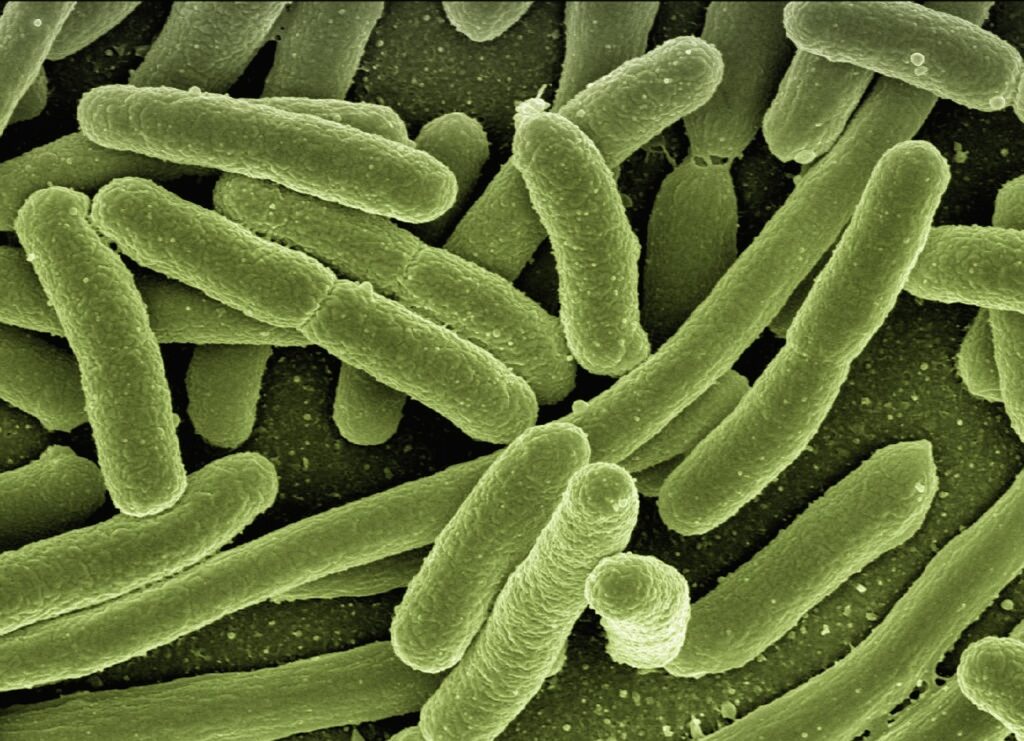CDC Warning The Public About A New Infection That Won’t Respond To Any Known Treatments
A new strain of the shigella bacteria that is resistant to antibiotics has emerged, and the CDC is warning individuals of the new strain, as cases in the US have surged recently.
This article is more than 2 years old

The Centers for Disease Control is warning the public about a new bacterial infection called Shigella that is spreading with an average infection rate of 450,000 a year in the U.S. The urgency for the warning stems from the infections’ antimicrobial resistance, meaning it is not responding to treatments typically used to kill the bacteria because it has developed a resistance.
The infection has the susceptibility to infect anyone regardless of race, gender, and sexual orientation. According to the CDC, it is more likely to affect children, travelers, and men who have sex with men.
Health.state.mn states that Shigella is found in the feces of infected people, including in food or water that has been contaminated by an infected person, and on surfaces of objects that have been touched by infected people. That is why children are more vulnerable to infection since many children are not fully toilet-trained.
According to the CDC, the infection spreads easily; it takes just a small amount of bacteria to make someone ill. People with the Shigella infection can spread the infection to others even several weeks after their diarrhea ends, which is a common symptom. Below are a few ways the infection can spread, according to the CDC.
- Getting Shigella on your hands and touching your mouth. Shigella can get on your hands by touching surfaces with the Shigella bacteria, changing a child’s diaper with the shigella infection, and caring for a person with the infection.
- Eating food prepared by someone with a Shigella infection.
- Swallowing water you swim or play in as well as contaminated drinking water.
- Exposure to fecal matter (this can occur during sexual contact with someone with a Shigella infection or who has recently recovered from a Shigella infection).
Symptoms include diarrhea that can be bloody, fever, stomach pain, and/or feeling the need to pass stool, even with empty bowels.
NBC News reported that Dr. Stephanie Cohen, a section director for HIV and STI prevention at the San Francisco Public Health Department, commented that Shigella “…can cause really severe diarrhea, sometimes bloody diarrhea, cramps, and abdominal pain.”
The CDC says people infected with Shigella typically get better without antibiotic treatment in five to seven days. The CDC recommends that people with mild shigellosis may need only fluids and rest and that Pepto-Bismol may be helpful. Medical professionals may prescribe antibiotics for people with severe cases of shigellosis infection to help them get better faster, however, due to the infection’s antimicrobial resistance, some antibiotics are not effective.
On February 24, 2023, the CDC released a health alert explaining that in the United States, the percentage of Shigella infections caused by XDR strains increased from zero in 2015 to five percent in 2022, which is cause for concern.
It is best practice to take the Shigella infection seriously and take precautions. To help prevent the spread and infection, wash your hands with soap and water before making food and eating, after changing a diaper, and after caring for another person who has defecated.



